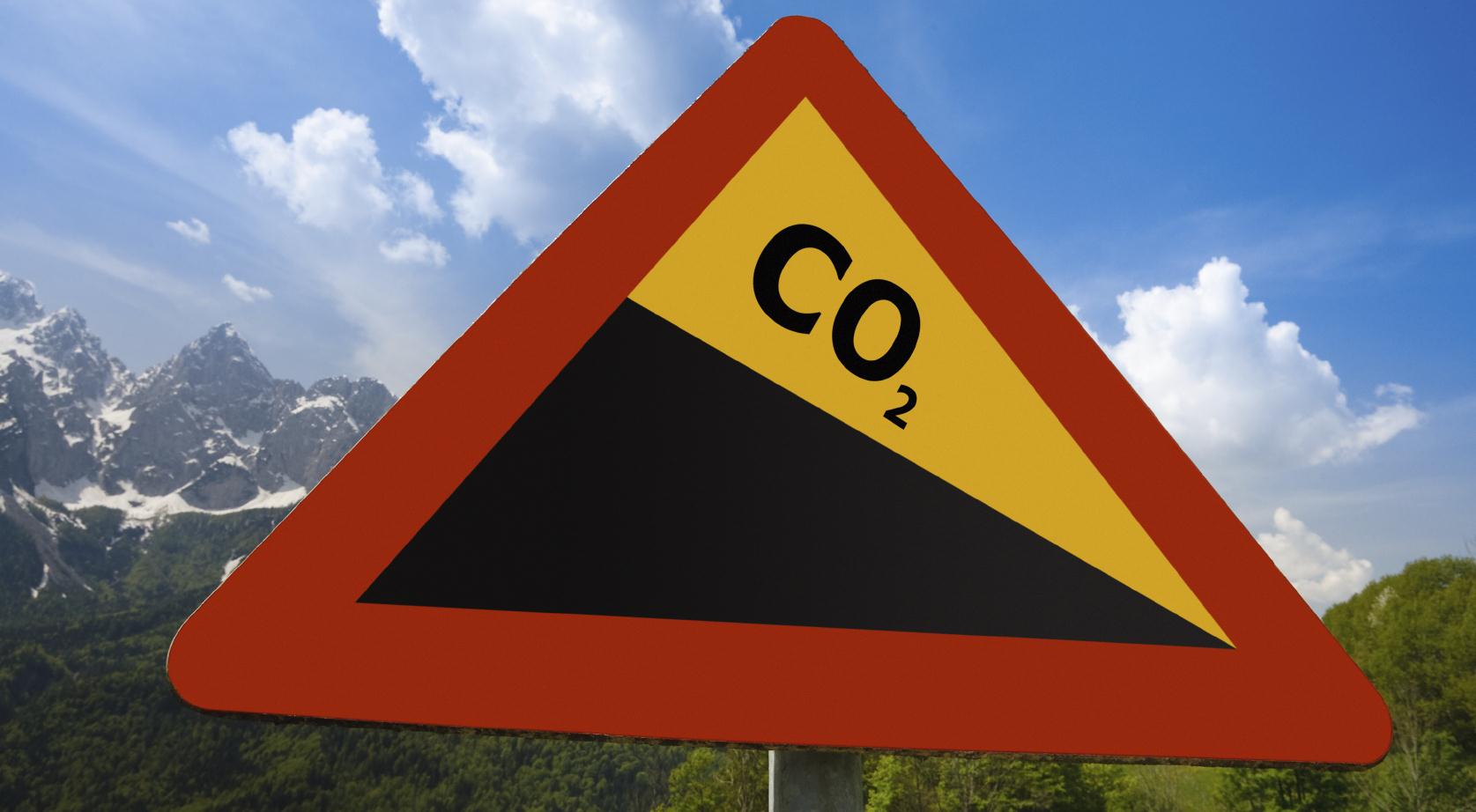|
Product LCA and Carbon Footprint Analysis
CleanMetrics can bring precision to your sustainability efforts by estimating the
life-cycle carbon footprints
and resource uses of your products or services. Carbon footprints are becoming
an important way of evaluating the environmental burden of a product or service. Consumers
and businesses can use carbon footprint figures in their decision-making process
as they choose from a large selection of products and services. For product
manufacturers and service providers, carbon footprints are an essential
performance metric that can and should be continually improved.
Product Carbon Footprint
 The carbon footprint of a
product or service is the total amount of carbon dioxide (CO2) and other
greenhouse gases emitted over the life cycle of that product or service,
expressed as kilograms of CO2 equivalents. The carbon footprint figure captures
the mix of energy sources used in producing and delivering a product/service, as
well as non-energy related greenhouse gas emissions (such as methane and nitrous
oxide) from production, use and disposal of the product. Over time, the carbon
footprint also captures energy efficiencies achieved in the product life cycle
as well as any transition to renewable energy sources and materials/processes
with lighter footprints. The carbon footprint of a
product or service is the total amount of carbon dioxide (CO2) and other
greenhouse gases emitted over the life cycle of that product or service,
expressed as kilograms of CO2 equivalents. The carbon footprint figure captures
the mix of energy sources used in producing and delivering a product/service, as
well as non-energy related greenhouse gas emissions (such as methane and nitrous
oxide) from production, use and disposal of the product. Over time, the carbon
footprint also captures energy efficiencies achieved in the product life cycle
as well as any transition to renewable energy sources and materials/processes
with lighter footprints.
Our Solution
Using our life cycle assessment (LCA) software tools and a
standards-based methodology, we can evaluate carbon,
energy and water footprints taking into account a number of critical factors in the life cycles of products and services:
-
Production and transport of raw materials, components, ingredients and other supplies
-
Production of the final product, including:
-
Any additional processing and packaging of the product
-
Transportation of the product through a distribution network, consisting of various transport modes and storage locations
-
Temperature control in transport and storage
-
Delivery of the product or service to consumer
-
Use of the product or service
-
End-of-life disposal of the product
-
Solid waste and waste water generated throughout the life cycle
-
Land use impacts
-
Carbon storage and sequestration in products and components
-
Time-dependent GHG emissions and carbon sequestration throughout the life cycle
The analysis is guided by applicable international standards (including the ISO 14040 series, PAS 2050, and other major standards that are in development) for the life-cycle
environmental assessment of products and services. Our analysis is supported by our large database of life cycle inventory (LCI) data for raw materials used in manufacturing/construction/packaging, common industrial processes, agricultural processes and food products, energy sources, transport modes, etc., compiled from highly credible data sources and research literature and processed by our in-house tools according to rigorous LCA standards.
In addition to providing total environmental footprint figures, our detailed reports will help you to focus on "hotspots" of carbon emissions,
energy use and water use for your products and services. The analysis is useful not only for communicating the footprint figures to customers through eco-labels and other means, but also serves as a tool for measuring and directing continual product and process improvements.
Integrated Application Areas
We offer integrated end-to-end solutions in a number of industry sectors with our
specialized tools, data and expert consulting services:
© Copyright 2007-2011 by CleanMetrics Corp. All rights reserved.
CleanMetrics, CargoScope, CarbonScope, BuildingScope, CarbonScopeData,
FoodCarbonScope, Deep Carbon Footprinting, and MetaFlowScope are trademarks of CleanMetrics Corp. |
|
